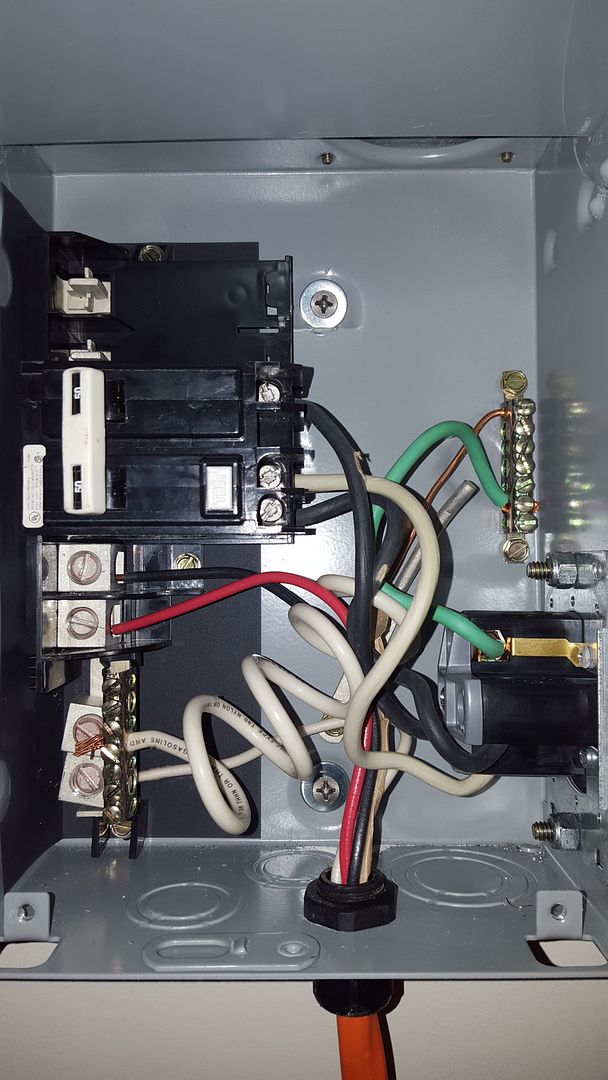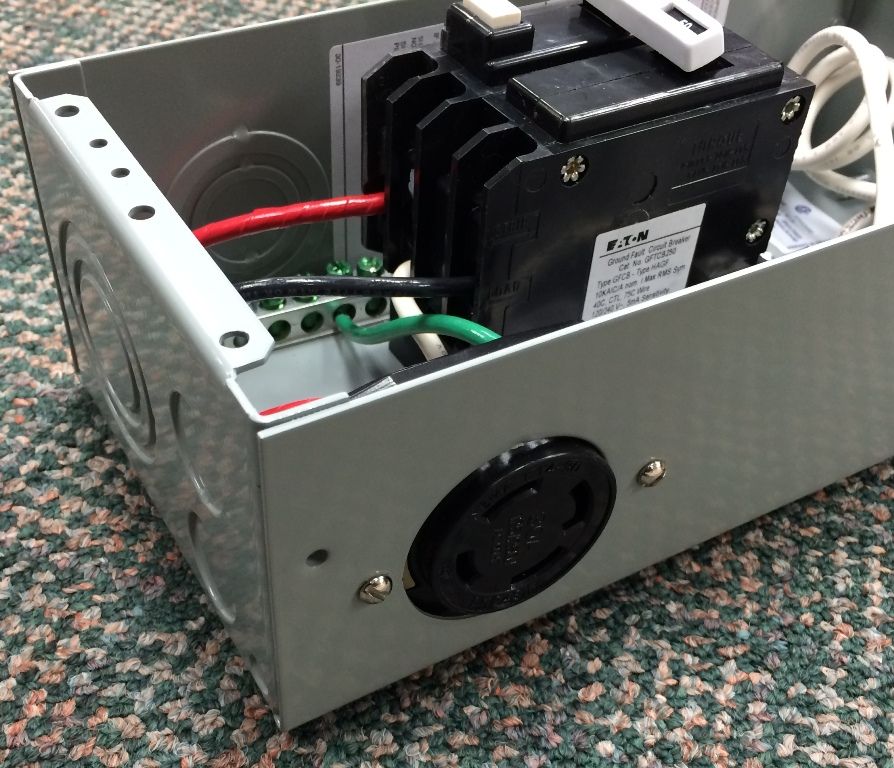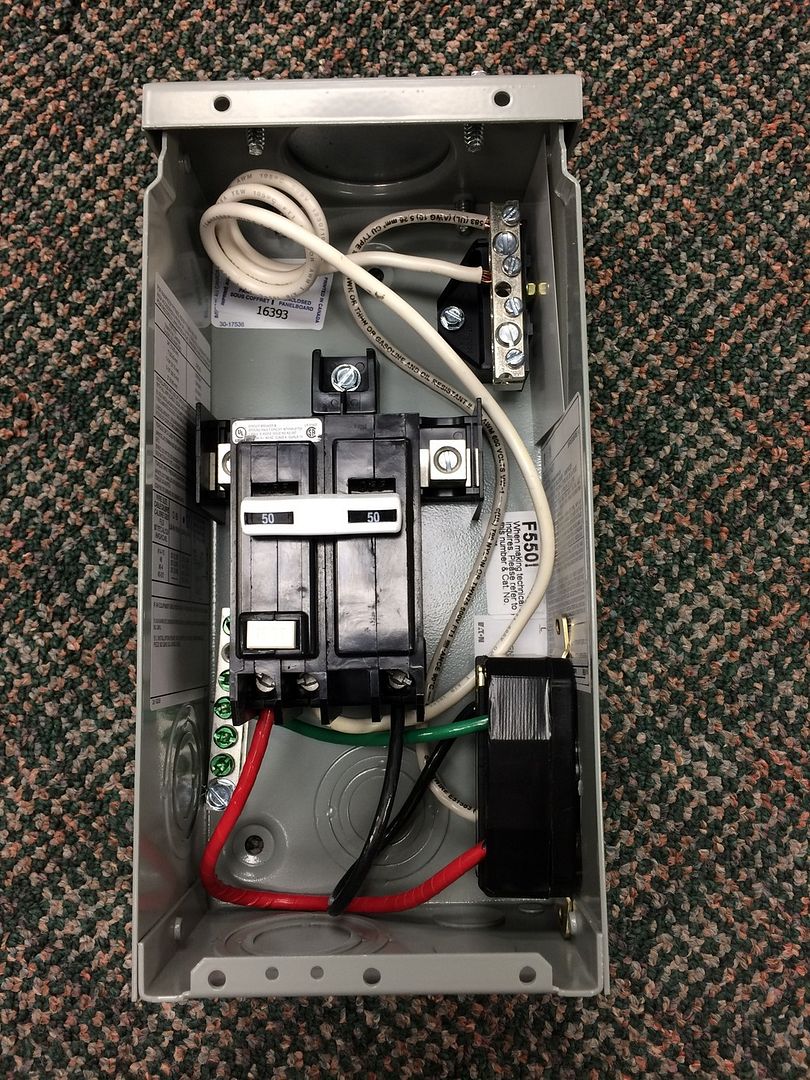The 3 wire dryer outlet is 240V and Neutral at the outlet. The plug and cable you use to connect to that dryer outlet can be a 4 wire cable (red, black, white and ground and then you would use the red, black & white to make your connections in the spa panel.Hey PJ quick question if you can respond I'm looking at your diagram and getting a little confused at the color coordination with the wires I'm using 10/3 wire from 3 prong dryer outlet 30 amp and want to use the same set up. Can you explain which color is ground and which colors are hot I'm dealing with white green and black. And the four wire coming off the GFCI, can u can you explain them individually
I hope this makes sense and helps you.
P-J








































![Craft A Brew - Safale BE-256 Yeast - Fermentis - Belgian Ale Dry Yeast - For Belgian & Strong Ales - Ingredients for Home Brewing - Beer Making Supplies - [3 Pack]](https://m.media-amazon.com/images/I/51bcKEwQmWL._SL500_.jpg)




















